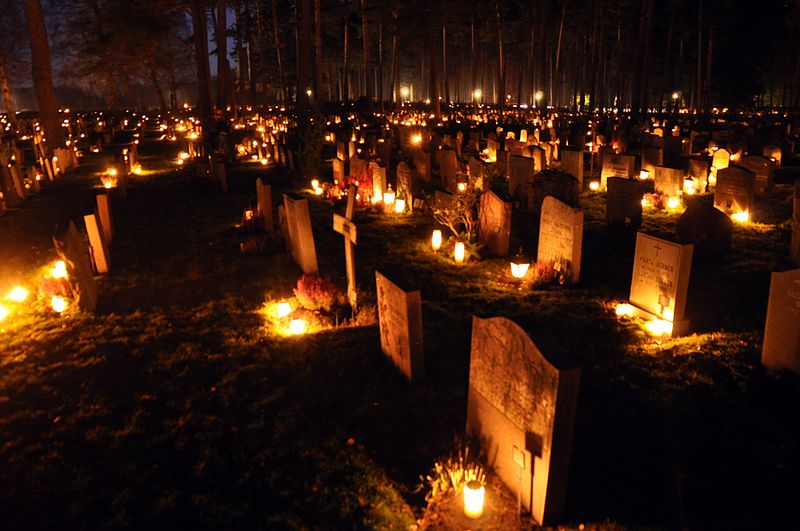| Month | Working days | Working hours | Sat & Sun. | Others |
|---|---|---|---|---|
| January | 22 | 176 | 8 | 1 |
| February | 20 | 160 | 8 | 0 |
| March | 21 | 168 | 10 | 0 |
| April | 20 | 160 | 8 | 3 |
| May | 20 | 160 | 9 | 2 |
| June | 18 | 144 | 9 | 4 |
| July | 23 | 184 | 8 | 0 |
| August | 21 | 168 | 10 | 0 |
| September | 22 | 176 | 8 | 0 |
| October | 23 | 184 | 8 | 0 |
| November | 20 | 160 | 10 | 0 |
| December | 21 | 168 | 8 | 2 |
| Total annual working hours | 251 | 2008 | 104 | 12 |
| Average / Month | 20.92 | 167.33 | 8.67 | 1.00 |

Working days per year 2025
An average of 160 working hours per month or 250 working days per year is usually referred to when discussing workload. But these numbers are not always accurate. For example, for 2025, the number of working hours varies from 144 to 184, with an average of 167 hours each month. In total, there will be 251 working days, which leaves 116 days off. In the table below, we provide a detailed overview of the number of working days, working hours, Saturdays, Sundays and other days off - such as national holidays, Midsummer's Eve, Christmas Eve and New Year's Eve. If a holiday falls on a Saturday or Sunday, it is counted under "Sat & Sun". We base these calculations on a standard eight-hour workday. Which days are considered holidays in Sweden are defined by Lag (1989: 253) on public holidays. Most people have the following holidays off, even if they fall on a regular working day:
- New Year's Eve
- Christmas Eve
- Easter Day and Pentecost
- New Year's Day and Thirteenth Day of Christmas
- May 1
- Christmas Day and Christmas Eve
- Good Friday and Easter Monday
- Ascension Day
- Sweden's National Day
- Midsummer Day
- All Saints Day
- Midsummer Eve
Feel free to check out our calendar here on the right, which contains information such as e.g. name days and a little history about what happened on that particular day.
New Year's Eve
New Year's Eve is celebrated in many countries in different ways
New Year's Eve is a holiday celebrated in many countries around the world. In Sweden, New Year's Eve is celebrated on December 31, and New Year's Day on January 1. New Year's Eve is one of the most popular holidays in Sweden, and it is common for families and friends to gather to celebrate together. There are different traditions for how to celebrate New Year's Eve, but the most common is to watch TV or go out and listen to music. New Year's Eve often ends with launching rockets or fireworks at midnight. This is a tradition that has its origins in Roman times, when braziers were lit in the square to scare away evil spirits. Today, the shooting of rockets and fireworks is merely a symbolic gesture, but it is still a very popular way to ring in the new year.In some countries it is common to dance, eat and drink during the evening
In some countries it is common to dance, eat and drink during the evening. People drink New Year's drinks and eat New Year's food. There is also a New Year's dinner and New Year's supper. All these traditions have their own stories. Dancing, eating and drinking are common New Year's Eve activities in many countries around the world. People drink special New Year's drinks and eat traditional New Year's food. They also eat special New Year's meals such as New Year's dinner and New Year's Eve. In some countries, it is also customary to exchange New Year's gifts with family and friends. Regardless of the specific traditions, the celebration of the New Year is a cherished custom in many cultures.Other countries use New Year's Eve to watch fireworks or light them themselves
In other countries, they prepare for the New Year in different ways. In Japan, people light lanterns and burn firecrackers to scare away evil spirits. In South America it is common to party all night and the fireworks are set off at midnight. In the Philippines, people celebrate by shooting off fireworks, and in Southeast Asia firecrackers were used in the past to scare pests away from strawberries. Today, however, people celebrate more with laser shows and fireworks in the city, instead of firecrackers on the strawberries. The differences between how New Year's Eve is celebrated around the world are great, but all parts of the traditions have their own positive aspects. The laser show in the city is seen by many, the lanterns and firecrackers scare away evil spirits and the fireworks entertain in a happy way. All traditions thus have their own positive aspects that contribute to a pleasant weekend.There is no real rule for how to celebrate New Year's Eve
How do you usually celebrate New Year's Eve? There is no real rule for how to celebrate New Year's Eve. people usually do different things on New Year's Eve. Some people go out and celebrate with friends, while other people stay home and celebrate with their family. Some people eat special dinners, while others just eat the usual. Whatever you do on New Year's Eve, remember that it's a day to celebrate and have fun.Have a nice New Year's Eve!
Have a great New Year's Eve, everyone! I hope you all have a wonderful evening, filled with lots of fun and laughter. Whether you stay up to watch the fireworks or go to the party, I hope you have fun and have a good time. We wish you a happy and successful new year! I wish you all the best in the coming year. Happy New Year!All Saints Day

This day is always celebrated on Saturday, which falls between October 31 and November 6. The day after the church is dedicated to paying attention to all the saints, a day of remembrance for the dead. It has long been a custom in Christianity to pay attention to saints and martyrs on different days. All Saints' Day is the day on which all the saints who have not been given a day of their own are noticed and remembered. The reason why all saints and martyrs are celebrated is to strengthen the spiritual bond between the living on earth and the dead who have come to heaven. In this way, the image and belief that there is life after death is strengthened. On this Memorial Day, it is common to light candles at graves in the cemetery. All Saints' Day originally originated from the church, but in modern times it is also common for non-believers to light candles in cemeteries to remember loved ones who have passed away. This tradition began in 1900 and was first noticed mainly in the big cities, and then spread to the whole country. In the Anglo-Saxon countries, Halloween and "all saints day" are celebrated. Halloween originally comes from a Celtic festival where people lit bonfires and wore costumes to ward off ghosts. Halloween always falls on October 31st, while "all saints day" falls on November 1st.
The main symbolism used during All Saints' Day is the light. Every candle that is lit is a symbol of life that shines, comes and goes out. During the season when All Saints' Day is celebrated, it is dark, whereupon the symbolic effect of lighting candles becomes extra strong when the candles stand out and are very clearly visible. Sometimes All Saints' Day occurs at the same time as the Anglo-Saxon tradition of Halloween, which is why many people probably have a hard time separating the two. Halloween is something that is also celebrated in Sweden to a large extent, when children dress up and go on "mischief or sweets".

